11 Common Plant Myths Debunked
There are plenty of myths about plants that have been circulating for decades. These misunderstandings can sometimes make it harder for gardeners to find the best solutions for their plants. In fact, some of these myths could be causing more harm than good. By busting these plant myths, we can ensure healthier plants and more successful gardening experiences. Let us take a closer look at some of the most widely believed plant myths and why they are not true.
This post may contain affiliate links, which helps keep this content free. Please read our disclosure for more info.
Watering Plants Every Day Is Necessary
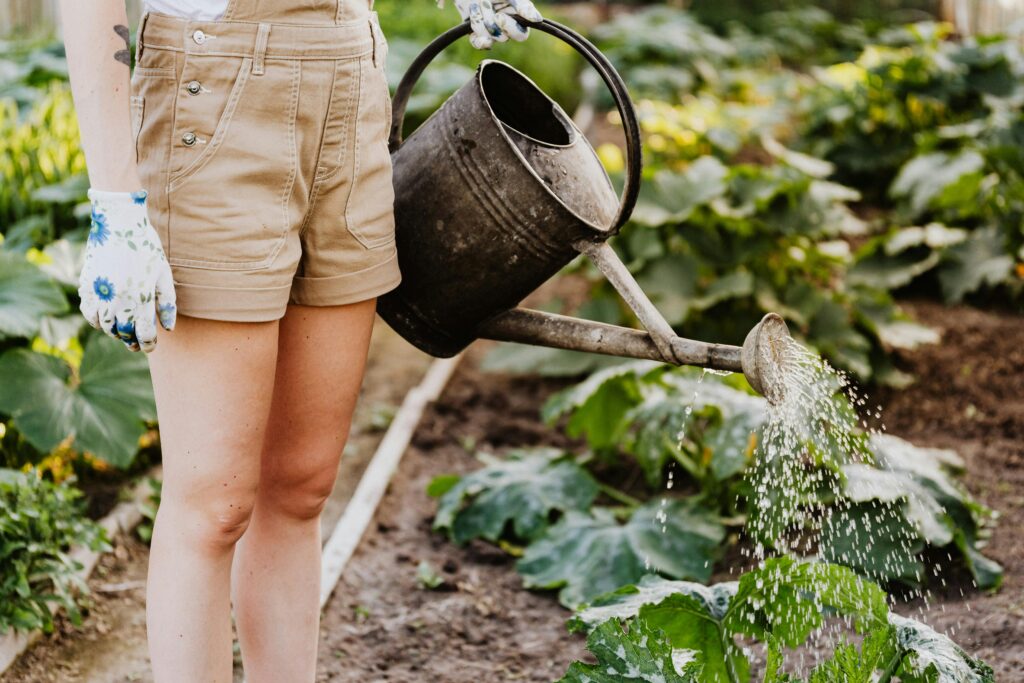
A common myth is that plants need to be watered every single day to stay healthy. In reality, the frequency of watering depends on the type of plant and the environment it is in. Overwatering can lead to root rot and other issues, making it more harmful than helpful. It is important to check the moisture level of the soil and adjust watering based on the plant’s needs, rather than following a strict daily schedule.
Plants in well-draining soil and those in pots with drainage holes typically do not need constant watering. Some plants, like succulents, require less water, while others, like tropical plants, prefer more moisture. The best approach is to let the soil dry out slightly between waterings, allowing the plant’s roots to absorb water efficiently. This will promote better root growth and prevent common watering mistakes.
Plants Grow Best in Direct Sunlight
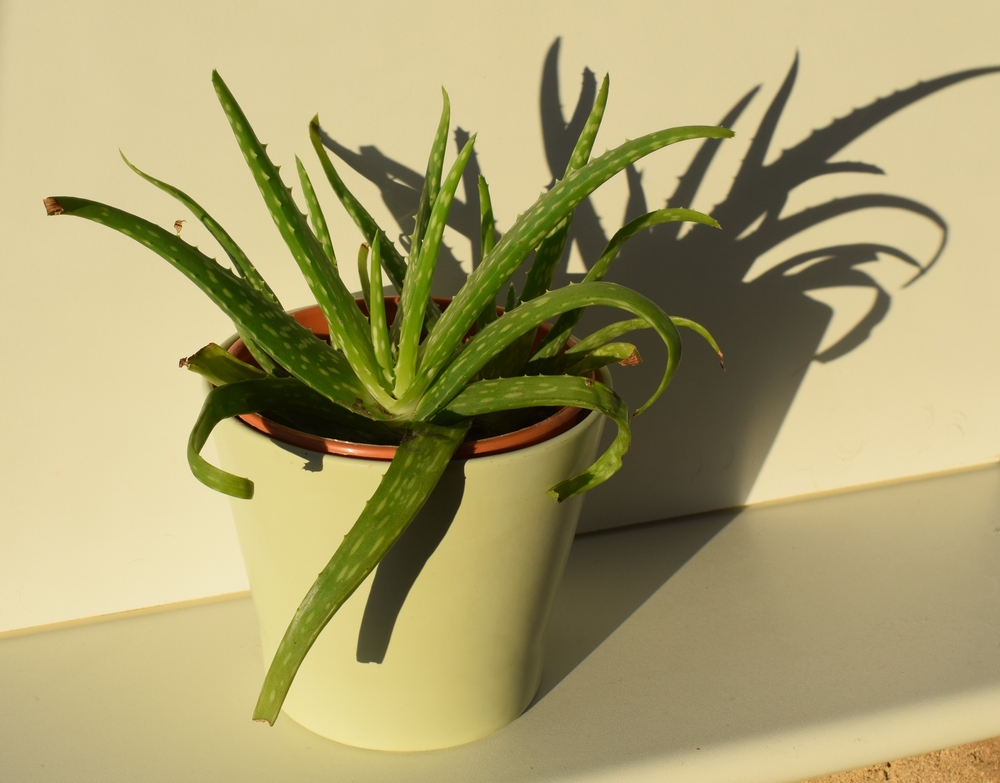
Many people believe that all plants thrive in full, direct sunlight, but this is not always the case. While some plants, like sunflowers, do need lots of direct sunlight, others may prefer indirect light or even shade. Overexposure to direct sunlight can cause leaf burn and stress, especially for delicate or tropical plants. Understanding each plant’s light requirements is key to ensuring healthy growth and avoiding sun damage.
Indoors, many houseplants such as ferns and peace lilies do better in bright, indirect light rather than direct sunlight. It is crucial to learn about the specific light needs of each plant to place it in the optimal spot. Too much sunlight can result in dried leaves, while too little can cause slow growth and weak stems. Adjusting the light exposure based on the plant’s needs will help it flourish.
Talking to Plants Helps Them Grow

The idea that talking to plants can help them grow is a long-standing myth. While some studies suggest that plants might respond to vibrations or sound, there is no scientific evidence that verbal communication directly impacts plant growth. Plants rely on water, light, and proper care for healthy growth, not human interaction. However, the act of caring for plants and being mindful of their needs can improve their overall health.
While plants may not hear us in the way animals do, creating a positive environment for them, such as providing the right conditions, is beneficial. Talking to your plants can also help you focus on their needs and give them the attention they require. So while a conversation may not make them grow faster, showing them consistent care will certainly improve their chances of thriving.
If Leaves Are Turning Yellow, You Are Overwatering
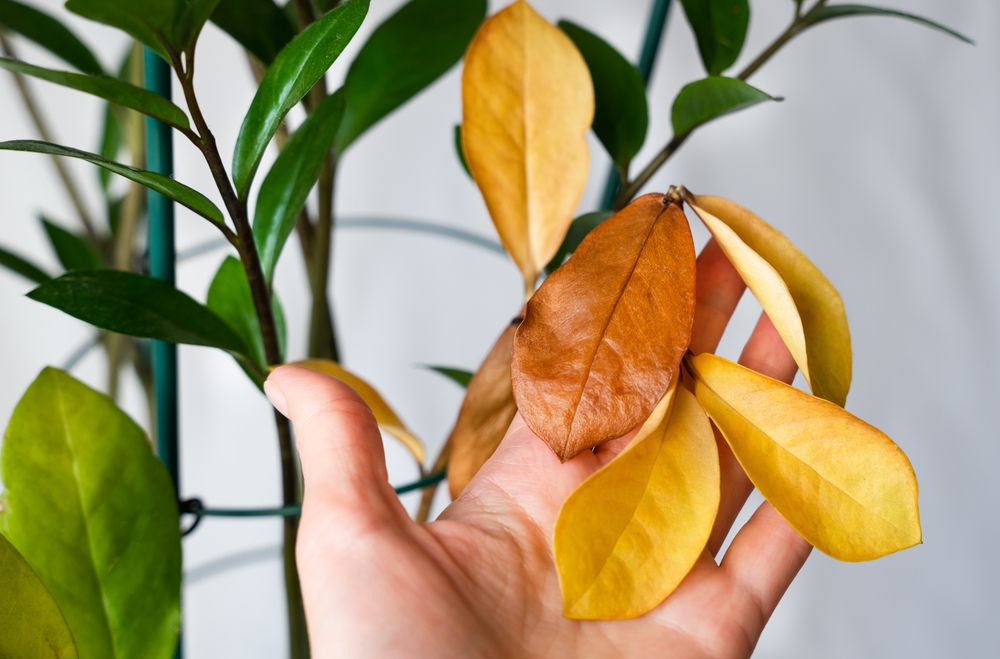
Yellow leaves are often attributed to overwatering, but this is not always the case. While overwatering is a common cause of yellowing leaves, other factors such as nutrient deficiencies, pests, or improper lighting can also contribute. It is important to examine the plant closely to identify the root cause before jumping to conclusions. Checking the soil moisture, as well as reviewing the plant’s overall care, can help determine what needs to be addressed.
For example, yellowing leaves can be a sign of a nitrogen deficiency or a lack of proper light for the plant. It is important to ensure your plant is getting the right nutrients and light for healthy growth. In some cases, yellowing leaves could simply be a natural part of the plant’s life cycle. Assessing all factors can help pinpoint the actual cause and guide you toward the correct solution.
You Should Always Repot Plants as They Grow
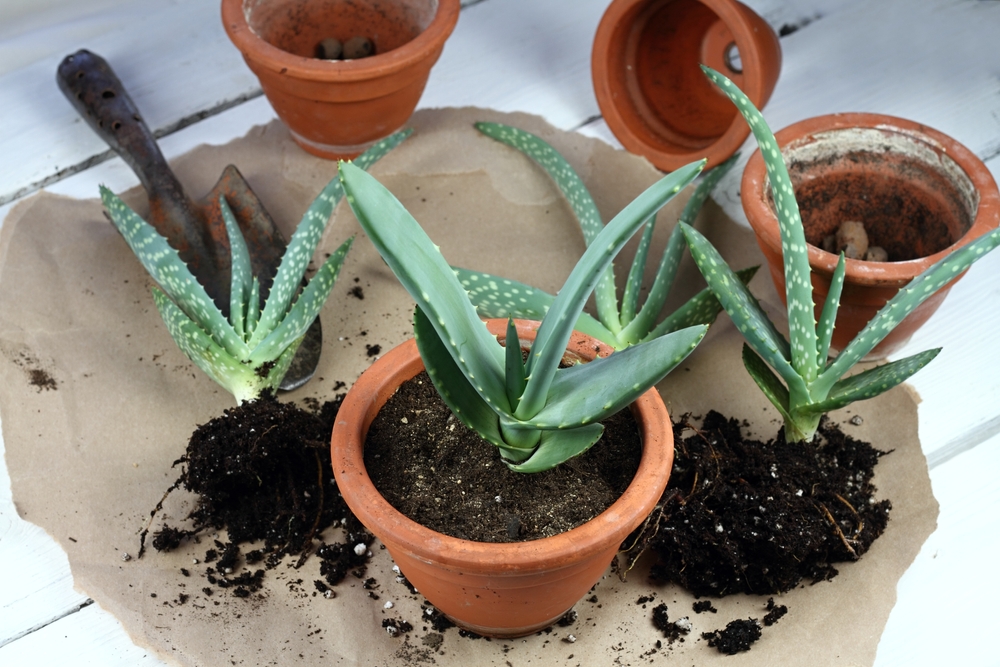
Repotting is important for plant health, but it is not necessary to do it constantly as the plant grows. Many plants only need to be repotted when their roots outgrow the current container or when the soil becomes compacted. Repotting too frequently can stress the plant and disturb its root system. It is important to check the plant’s growth and soil condition before deciding whether it needs repotting.
Repotting should be done in the spring or early summer when the plant is actively growing. This allows the plant to adapt to the new pot and soil more easily. The key is to avoid rushing the process and to focus on the plant’s needs rather than assuming it needs a larger pot just because it is growing. Be sure to choose a pot that is only slightly larger than the current one to avoid overwhelming the roots.
Plants Need Music to Grow Better
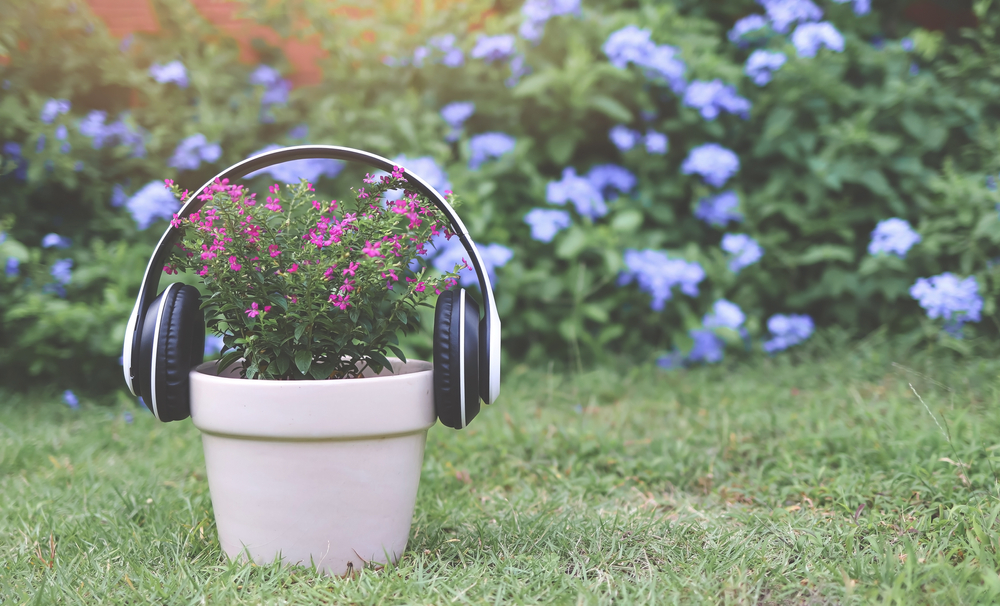
Another popular myth is that playing music for your plants can help them grow stronger and faster. While some studies have shown that sound vibrations may have a minor effect on plant growth, there is no conclusive evidence that music directly benefits plants. Plants respond to environmental factors such as water, light, and nutrients, not external sounds. Therefore, focusing on proper care and conditions will have a much greater impact on plant health.
Although some people enjoy playing music for their plants, the benefit is likely psychological rather than botanical. The idea that music can make plants grow faster is rooted more in human observation than scientific fact. Instead, giving plants the right amount of water, light, and nutrients will always be more effective than playing a tune. Keep the focus on plant care, and your plants will thrive without the need for melodies.
Plants Only Need Water and Sunlight to Survive
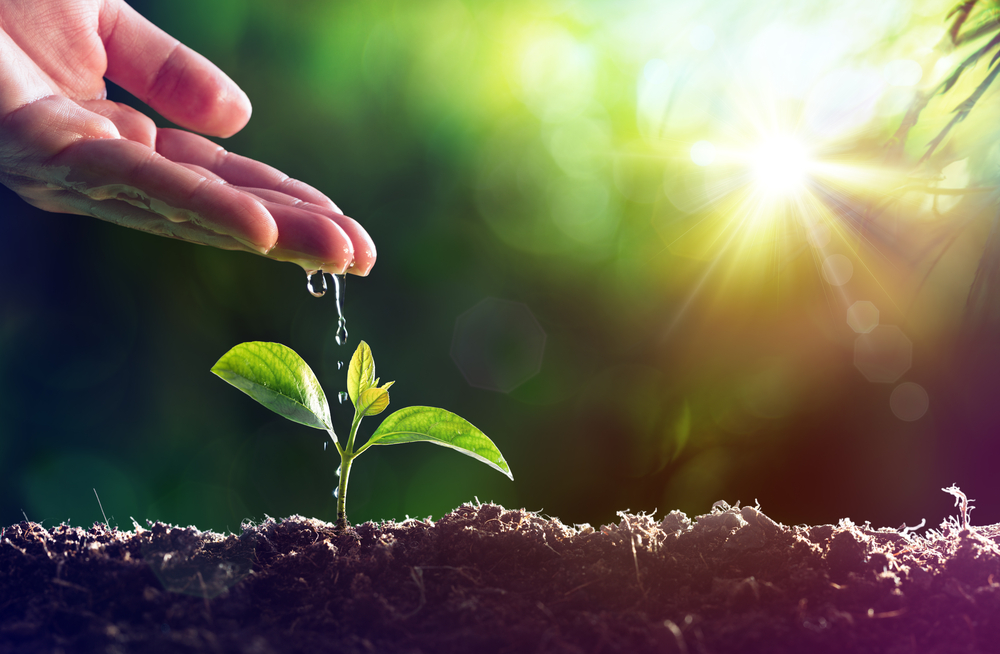
While water and sunlight are essential for most plants, they are not the only factors that influence growth. Soil quality, temperature, and humidity levels also play critical roles in a plant’s overall health. Different plants have specific needs, so it is important to consider these additional factors to create the ideal growing environment. Providing proper care involves more than just ensuring the right amount of sunlight and water.
For example, tropical plants typically require higher humidity levels and specific soil types to thrive. Similarly, some plants prefer slightly cooler or warmer temperatures depending on their origin. By paying attention to the full spectrum of care, from soil composition to environmental conditions, you can ensure the best growth for your plants. Each plant species has unique needs that must be met for optimal health.
Pruning Plants Makes Them Grow Faster
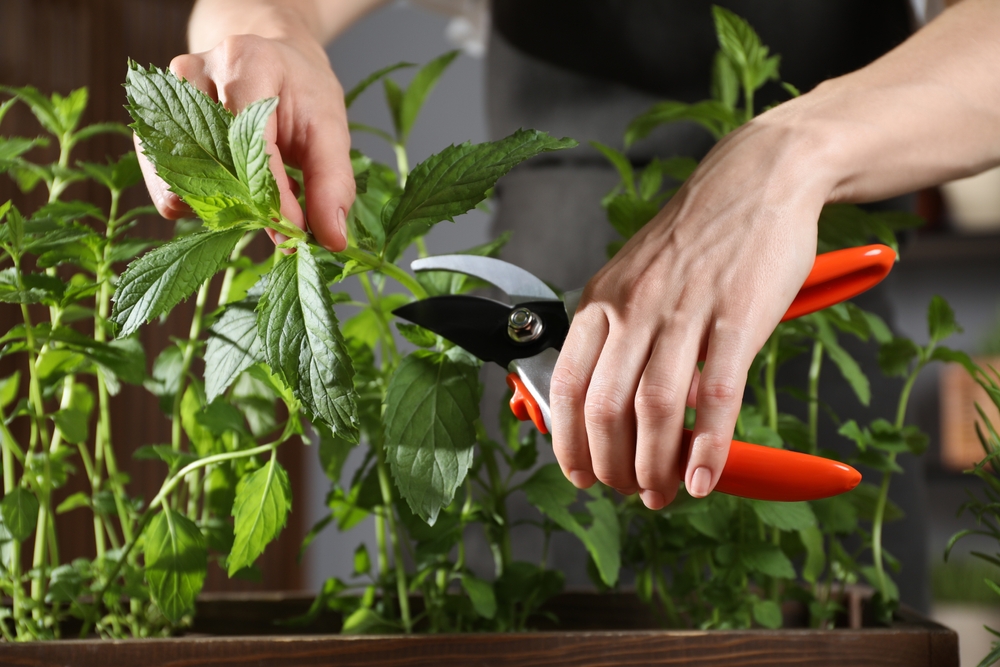
Pruning is often seen as a way to speed up plant growth, but this is a misconception. Pruning should be done for aesthetic reasons or to remove dead or diseased parts of the plant, not necessarily to encourage faster growth. While some plants may benefit from trimming, excessive pruning can actually harm the plant by causing stress. It is important to prune with purpose, keeping the plant’s natural growth pattern in mind.
Pruning should be done at the right time, such as during the plant’s dormant season, to minimize damage. For many plants, cutting back too much can lead to slower growth or weaker stems. It is important to research each plant’s pruning needs before deciding on how much to trim. A well-timed, gentle pruning session can encourage healthy growth without causing undue harm to the plant.
Cactus Do Not Need Water
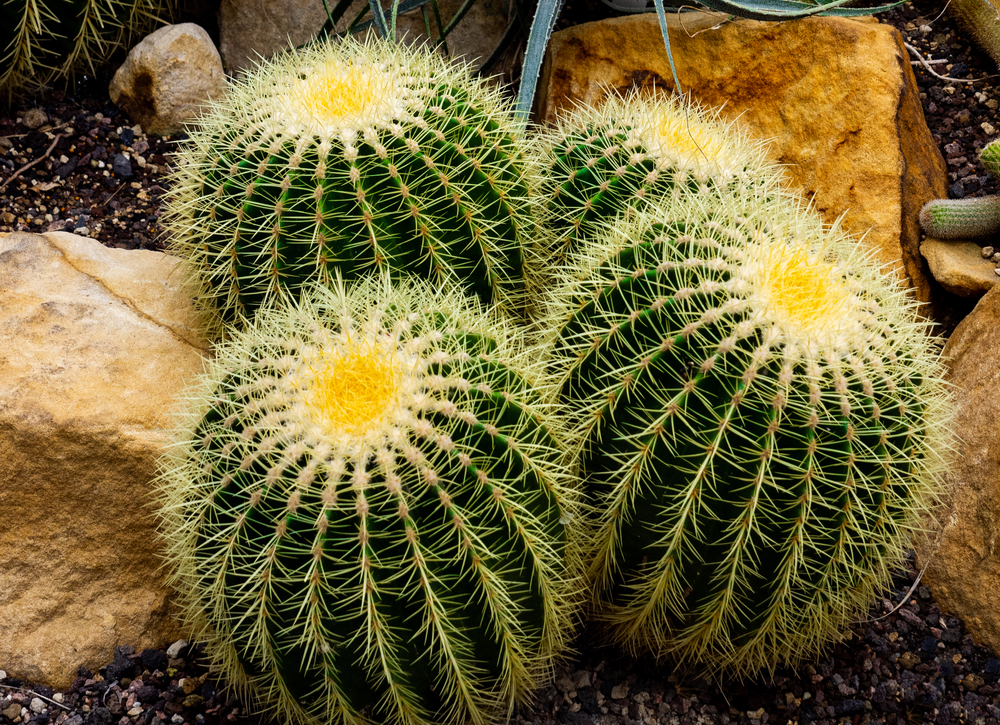
Cacti are known for being drought-tolerant plants, but they still need water to survive. While they can withstand long periods without water, they do need occasional watering to stay healthy. Overwatering is a common mistake with cacti, but neglecting them entirely can lead to dehydration and death. It is important to find the right balance and water them during their growing season, typically in spring and summer.
Cacti store water in their thick stems, allowing them to survive in dry conditions. However, they require water during their active growth period to maintain their health. To care for a cactus, make sure the soil is well-draining and water it only when the soil is dry. During winter, reduce watering since cacti go dormant during this time and need less water.
All Plants Should Be Fed Regularly
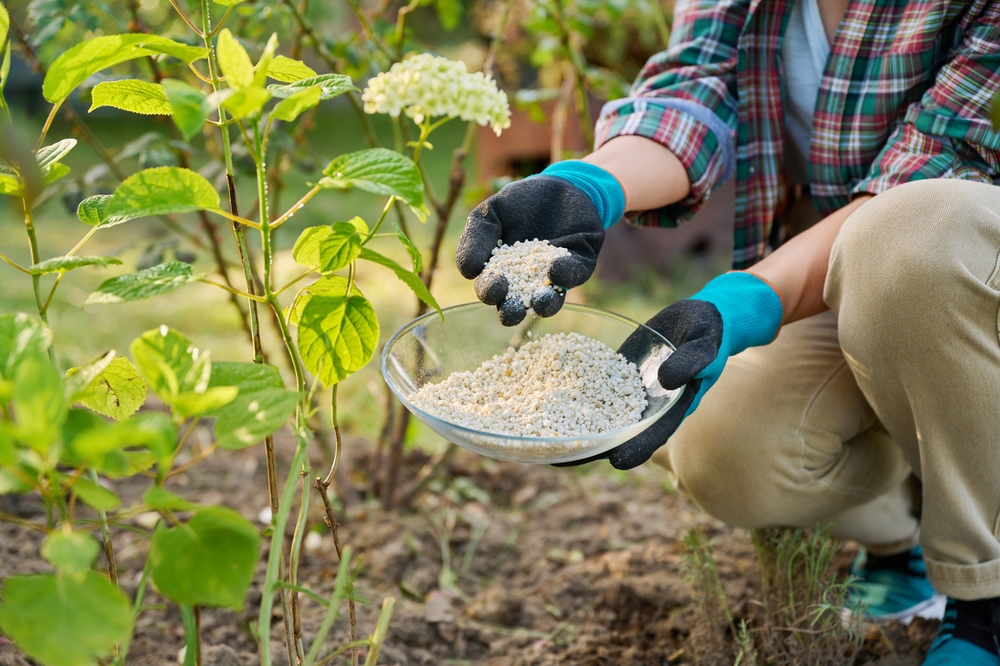
While fertilizing plants is important, feeding them too often can harm their growth. Plants generally do not require constant feeding, and over-fertilizing can lead to nutrient imbalances or burnt roots. It is important to fertilize only when the plant needs it, usually during its growing season, and to choose the right fertilizer for the specific type of plant. Fertilizing once or twice a year is often sufficient for most plants.
Some plants, especially those in nutrient-rich soil, may not need extra fertilization at all. Over-fertilizing can lead to a build-up of salts in the soil, which can prevent the roots from absorbing water. Using slow-release fertilizers and applying them in moderation can prevent this issue. By understanding the plant’s nutritional needs, you can avoid overfeeding and help it thrive without harming its roots.
You Can Revive a Dying Plant With More Water
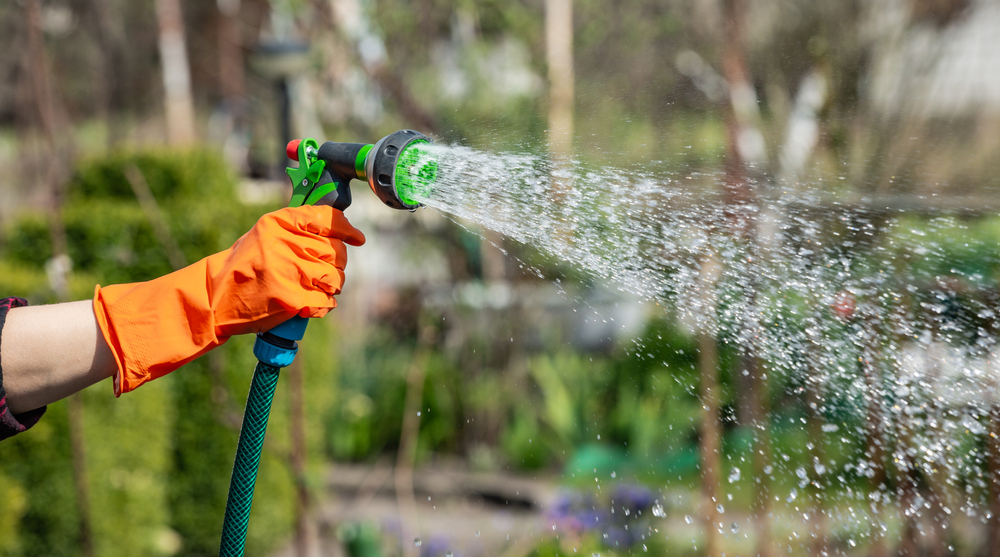
If a plant is wilting or showing signs of distress, it is a common mistake to assume that watering it more will fix the issue. In fact, overwatering a stressed plant can make the problem worse, leading to root rot and other issues. Sometimes, plants need less water, not more, especially if they are overwatered or the soil is too soggy. It is important to assess the plant’s overall condition, including its environment, before deciding on how to water it.
Reviving a dying plant often requires a closer look at its needs. It may need better drainage, less water, or a change in light conditions. Before watering, check the soil to see if it is too wet or dry. Understanding the root cause of the plant’s stress can help you provide the appropriate care and give it a better chance at recovery.
Proper care, attention, and knowledge are key to helping plants grow healthy and strong. Let go of these myths and focus on the facts to achieve the best results for your garden.
This article originally appeared on Avocadu.
